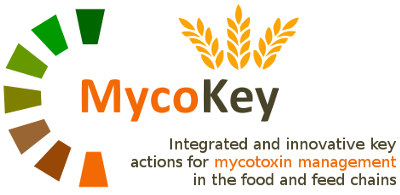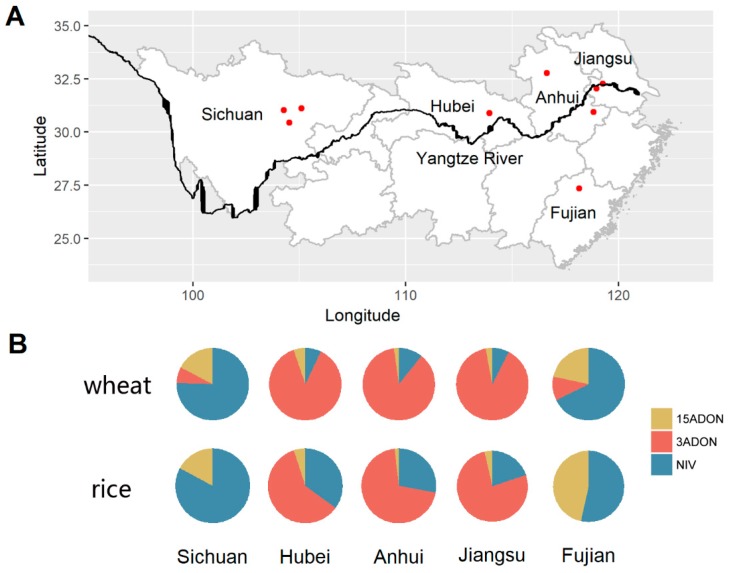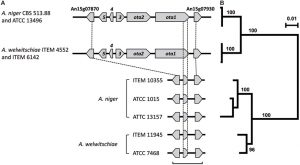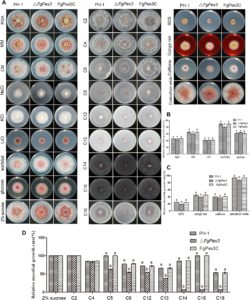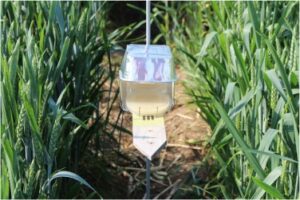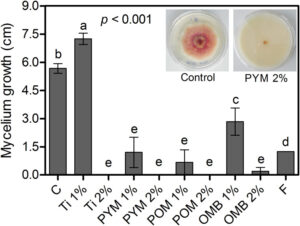Scientific Papers
MycoKey aims to unlock new knowledge and to valorize existing knowledge and data by rapid dissemination to research partners and stakeholders in the chain.
In the MycoKey programme all scientific peer reviewed publications are available through open access. Research data will be deposited in public data repositories for (re)-analysis exploitation and dissemination free of charge.
In this page you can find publications describing the scientific results arising from project’s activities.
Host and Cropping System Shape the Fusarium Population: 3ADON-Producers Are Ubiquitous in Wheat Whereas NIV-Producers Are More Prevalent in Rice
- google+
In recent years, Fusarium head blight (FHB) outbreaks have occurred much more frequently in China. The reduction of burning of the preceding crop residues is suggested to contribute to more severe epidemics as it may increase the initial inoculum. In this study, a large number of Fusarium isolates was collected from blighted wheat spikes as well as from rice stubble with perithecia originating from nine sampling sites in five provinces in Southern China. Fusarium asiaticum dominated both wheat and rice populations, although rice populations showed a higher species diversity. Chemotype analysis showed that rice is the preferred niche for NIV mycotoxin producers that were shown to be less virulent on wheat. In contrast, 3ADON producers are more prevalent on wheat and in wheat producing areas. The 3ADON producers were shown to be more virulent on wheat, revealing the selection pressure of wheat on 3ADON producers. For the first time, members of the Incarnatum-clade of Fusarium Incarnatum–Equiseti Species Complex (FIESC) were found to reproduce sexually on rice stubble. The pathogenicity of FIESC isolates on wheat proved very low and this may cause the apparent absence of this species in the main wheat producing provinces. This is the first report of the Fusarium population structure including rice stubble as well as a direct comparison with the population on wheat heads in the same fields. Our results confirm that the perithecia on rice stubble are the primary inoculum of FHB on wheat and that cropping systems affect the local Fusarium population.
Authors: Meixin Yang 1,†, Hao Zhang 1,†, Xiangjiu Kong 1, Theo van der Lee 2, Cees Waalwijk , Anne van Diepeningen 2, Jin Xu 1, Jingsheng Xu 1, Wanquan Chen 1,* and Jie Feng 1,*
Keywords: Fusarium head blight; chemotype; cropping system; rice stubble
Published: 08/03/2018
Repository: https://www.ncbi.nlm.nih.gov/pmc/articles/PMC5923315/
This work received funding from the National Key R&D Program of China (2016YFE0112900, 2016YFD0300705) and the European Union’s Horizon 2020 research and innovation programme
under grant agreement No. 678781 (MycoKey) and the National Natural Science Foundation of China (No. 31201477) and Fundamental Research Funds for Central Non-Profit Scientific Institution (Y2017XM01).
CC-BY license http://creativecommons.org/



